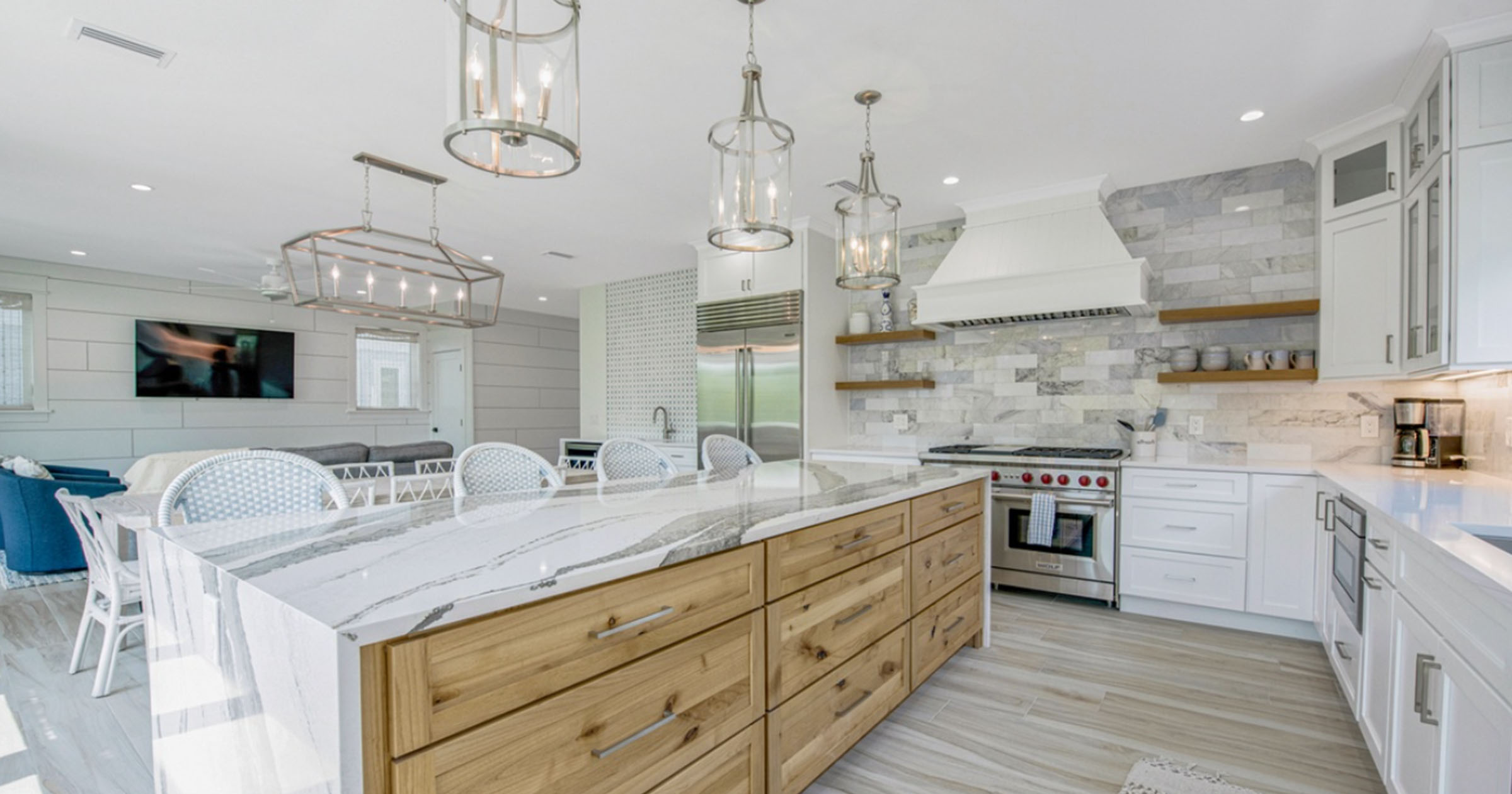
The construction of a luxury custom home marries vision with artistry, creating an embodiment of elegance, comfort, and functionality. Each home whispers stories through its design, where skilled craftsmanship transforms raw concepts into living spaces. Understanding and valuing craftsmanship in construction emphasizes how meticulous attention to detail creates not only a space of high functionality but also a timeless narrative of quality.
At the core of craftsmanship lies an unwavering commitment to precision, which shapes a home’s aesthetic and structural integrity. A home built with exceptional attention possesses details that transcend trends and oppose the fleeting nature of fashion. This steadfast dedication manifests in features such as expertly laid tiles, joins in woodwork that visually align seamlessly, and built-ins that merge with spaces as though carved from a single piece. These elements, crafted with expertise, are not merely functional parts of a home but rather components of an enduring artwork.
Historically, the appreciation for skilled craftsmanship predates modern architecture. Studies of ancient structures, such as the Great Pyramids and the Roman Colosseum, reveal early evidence of extraordinary skill and attention to detail. Modern-day architecture that emphasizes craftsmanship takes inspiration from these masterpieces, ensuring modern luxury homes are rooted in historical excellence.
Recent research from the National Association of Home Builders (NAHB) reveals that purchasers of luxury homes prioritize quality over extravagance. Homebuyers in this bracket appreciate the longevity of materials and superior construction practices. They find assurance in knowing that expert hands did the work, understanding that skill diminishes the long-term costs associated with repairs and maintenance. The hidden benefit is the lasting value that well-crafted features add to a home, both financially and aesthetically.
An illustrative example of skilled craftsmanship can be seen in millwork— the woodwork detailing found in elements like crown molding, wainscoting, and cabinetry. High-quality millwork not only accentuates a room’s elegance but also enhances its acoustics and comfort. Craftsmanship in these features relies upon a deep understanding of wood properties, tools, and techniques—a knowledge passed through generations. A skilled craftsman knows how to balance wood’s natural expansion with the precise lines of molding, ensuring a flawless finish that withstands time.
Additionally, stonework in a luxury home is another testament to craftsmanship. The meticulous selection of each slab and its placement is no trivial feat. Craftsmanship acknowledges stone’s natural variations, transforming them into an aesthetic advantage rather than a challenge. The ability to foresee how light interacts with a stone over the day, enhancing the warmth or cutting the coolness, is an expertise born from time and repetition, not mere chance.
Similarly, the collaboration between architects and artisans is crucial in tailoring unique bespoke pieces such as custom windows or staircases. According to a report by the American Institute of Architects, tailored designs are becoming increasingly sought after, reflecting a shift towards personalized living spaces. These elements serve not just a functional purpose; they capture a homeowner’s personality and vision, creating a bridge between structural necessity and personal expression.
The role of skilled artisans cannot be underemphasized in achieving the synergy of form and function that defines a luxurious home. From masons who lay meticulous brick patterns to electricians who discreetly channel wiring for ambiance and practicality, each professional craftsman plays an irreplaceable role. Their craftsmanship ensures everything, from the structural integrity to the smallest design detail.
Final Thoughts
As we consider the future of luxury home building, the importance of craftsmanship endures. The concept of sustainability expands the relevance of artisanship, as homeowners increasingly seek eco-friendly and sustainable practices. By utilizing materials that have less impact on the environment, such as reclaimed wood or locally sourced stone, craftsmen contribute not only to a home’s sustained luxury but also to its ecological harmony. This approach—prioritizing enduring materials and conscientious fashioning— echoes the natural cadence of timeless, sustainable homes.
The narrative built around skilled craftsmanship in luxury custom homes highlights an unyielding promise of quality and longevity. As the lines between aesthetic pleasure and environmental responsibility blur, the role of the craftsman becomes ever more critical. It’s a skill that speaks through every well-crafted detail, each corner, and every passageway, transforming walls into a home with an enduring story. Thus, skilled craftsmanship is not an additional layer but rather the very foundation of luxury in any custom home.


